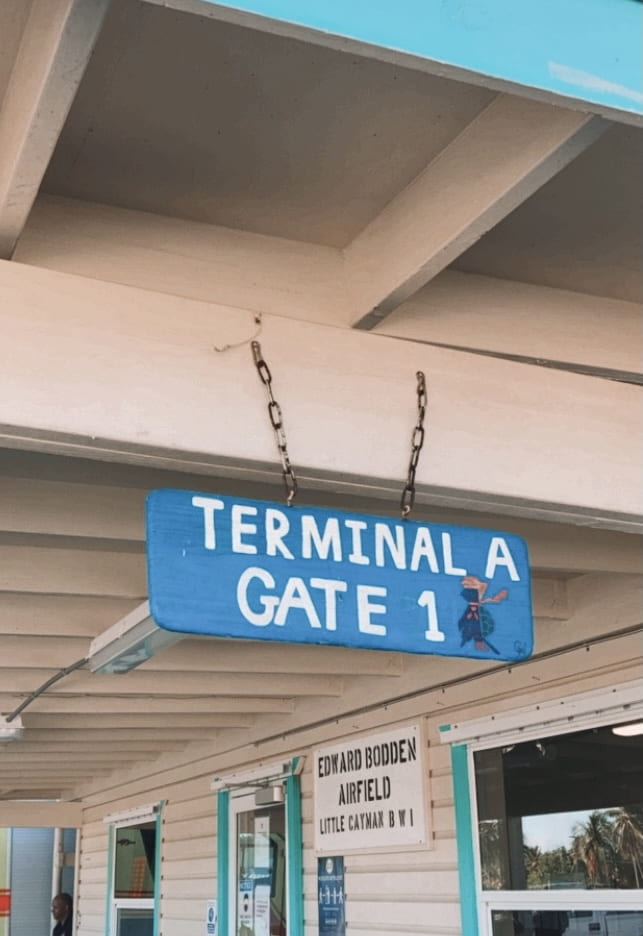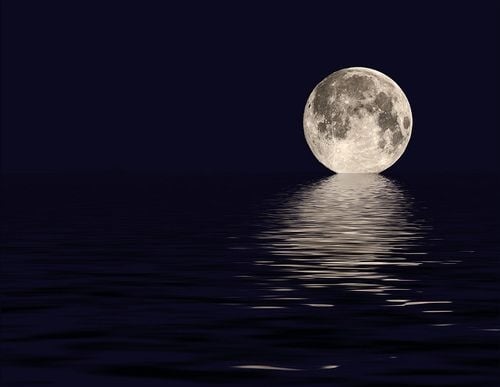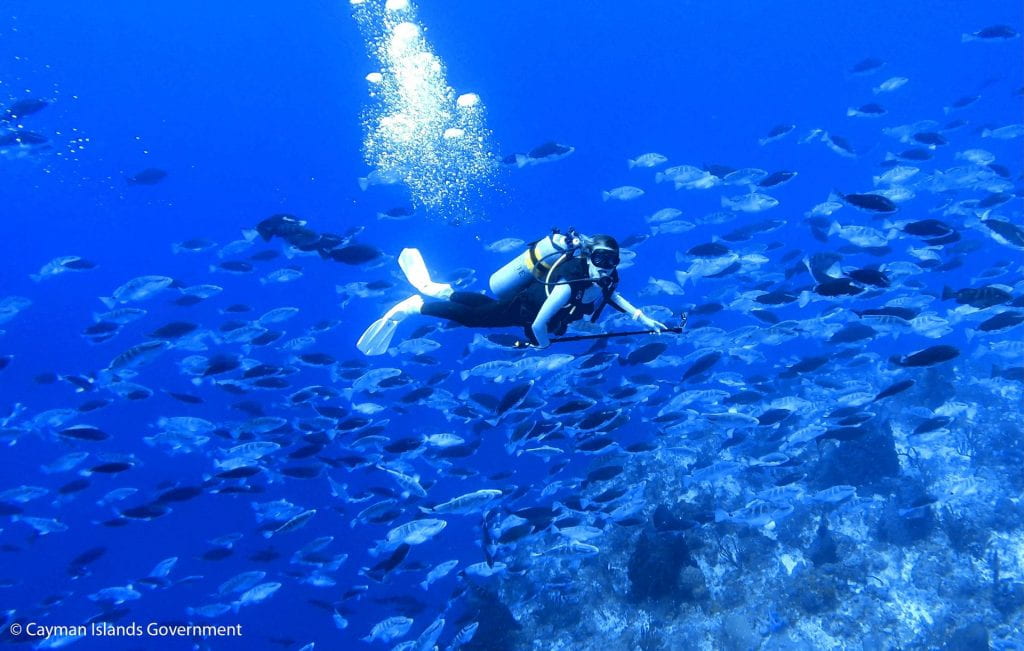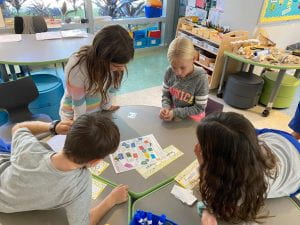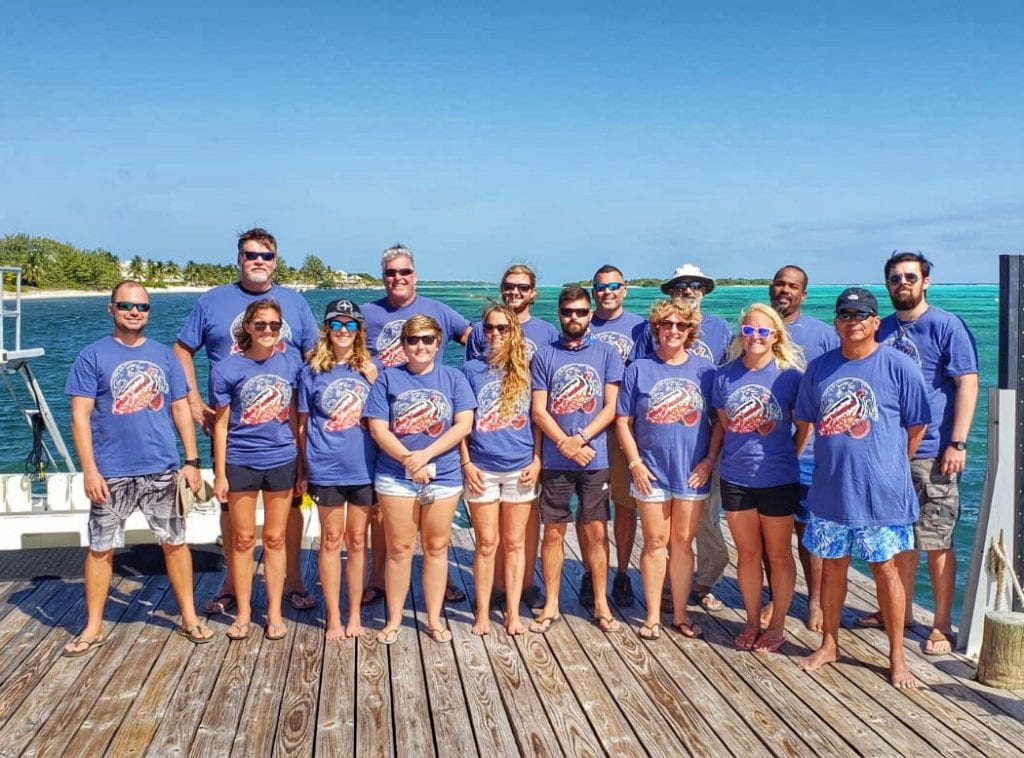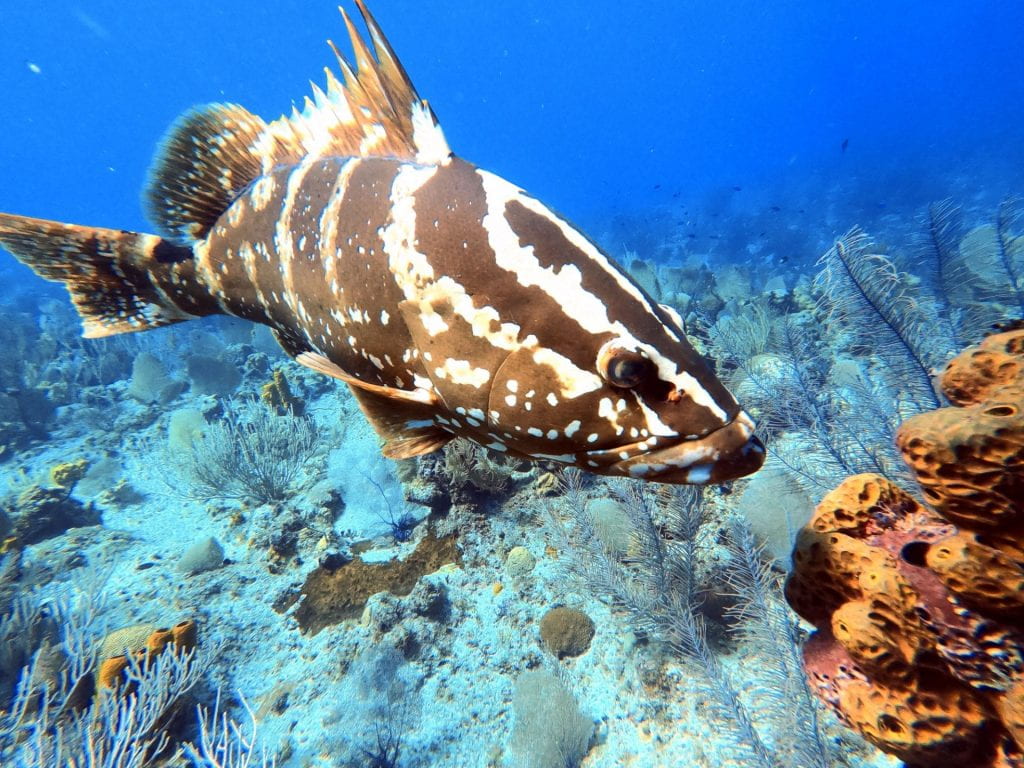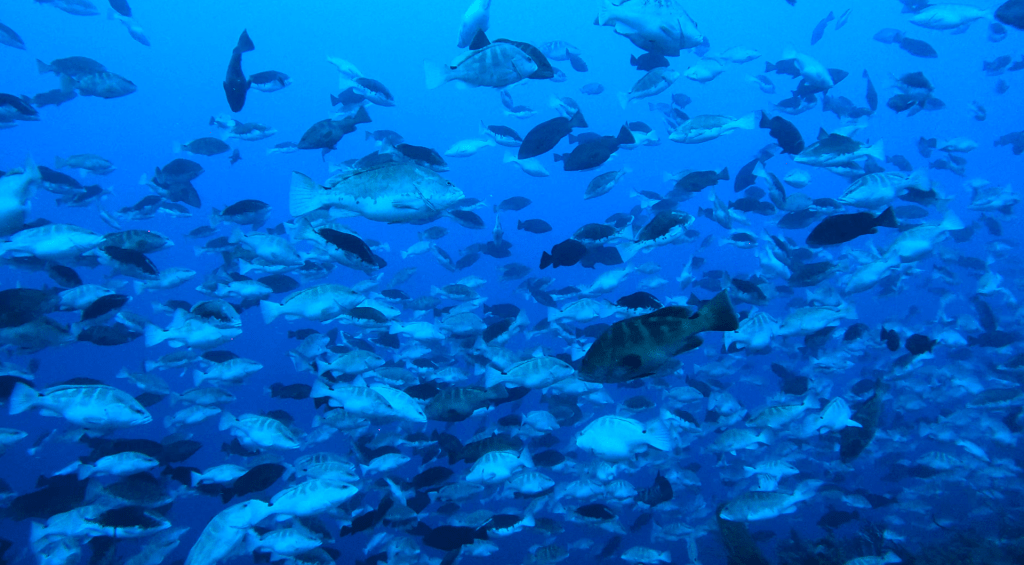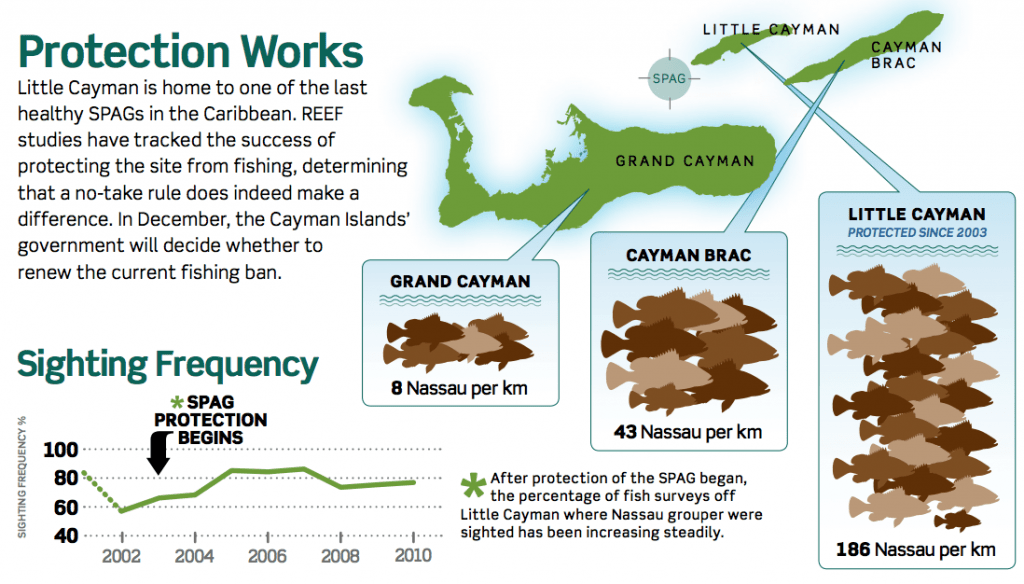Hi, everyone!
Amanda here, joining the Grouper Moon Team in Little Cayman. I’m a grade two teacher at Cayman International School. My students do a project based learning unit on the ocean exploring the question, “How are we connected to the sea?” Engaging students in the Grouper Moon Project each year is one of the many ways that I develop my students’ conceptual understandings about how we affect and are affected by our ocean.
Today was our first official day of diving and collecting research from the Spawning Aggregation (SPAG) Site in Little Cayman, it also marks the full moon! The full moon is what marks the beginning of the Nassau grouper migration from their homes on the coral reefs around Little Cayman to the SPAG for the spawning. Starting from today we will begin to see more and more Nassau grouper aggregate at the site. The incredible thing about this aggregation is that the Nassau grouper are usually a solitary fish. You don’t typically see them together…until the Grouper Moon!
Today the team did three dives – a morning, an afternoon, and an evening dive. What was most surprising about today’s dives was the increase in the number of Nassau grouper at the SPAG over the course of the day!
Here is a video from this morning’s dive. How many fish do you think there are? You can post your estimates in the comments. I’ll share the team’s estimates on the blog tomorrow!
This is a video from our evening dive! I was amazed to see how many more fish came to the SPAG over the course of the day! How many fish do you think were there by the end of the day?
Another exciting moment for our team was the we had our first shark sightings! On the boat ride out to the site this evening we saw three shark fins. We’re not sure of the species since we didn’t get a close enough look. Later, when we jumped in for our last dive of the day, we were greeted by a Caribbean reef shark! The shark cruised around us for the beginning of the dive. Seeing sharks on the dives is a sign of a healthy fish population and a healthy ocean, and always a special moment for our team of researchers!
Don’t forget to join our team for the Livestream from Little Cayman tomorrow morning at 10:30 am. You can join the Livestream from the REEF YouTube Channel. See you tomorrow! Special shout out to my Grade 2 students at Cayman International School, can’t wait to have you ‘join’ our team in Little Cayman!

